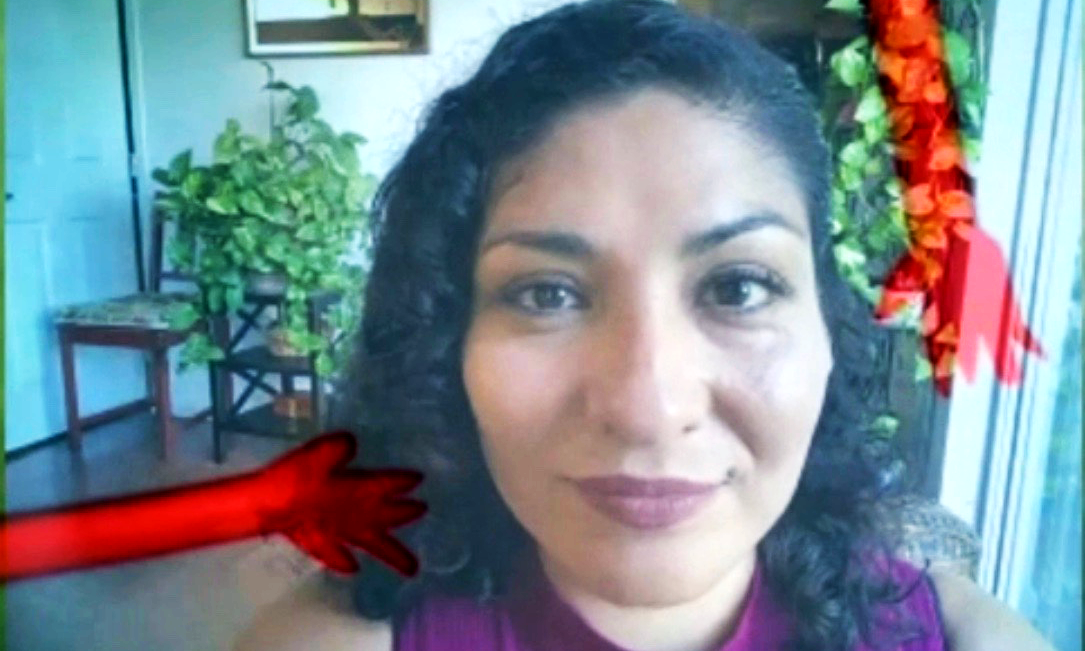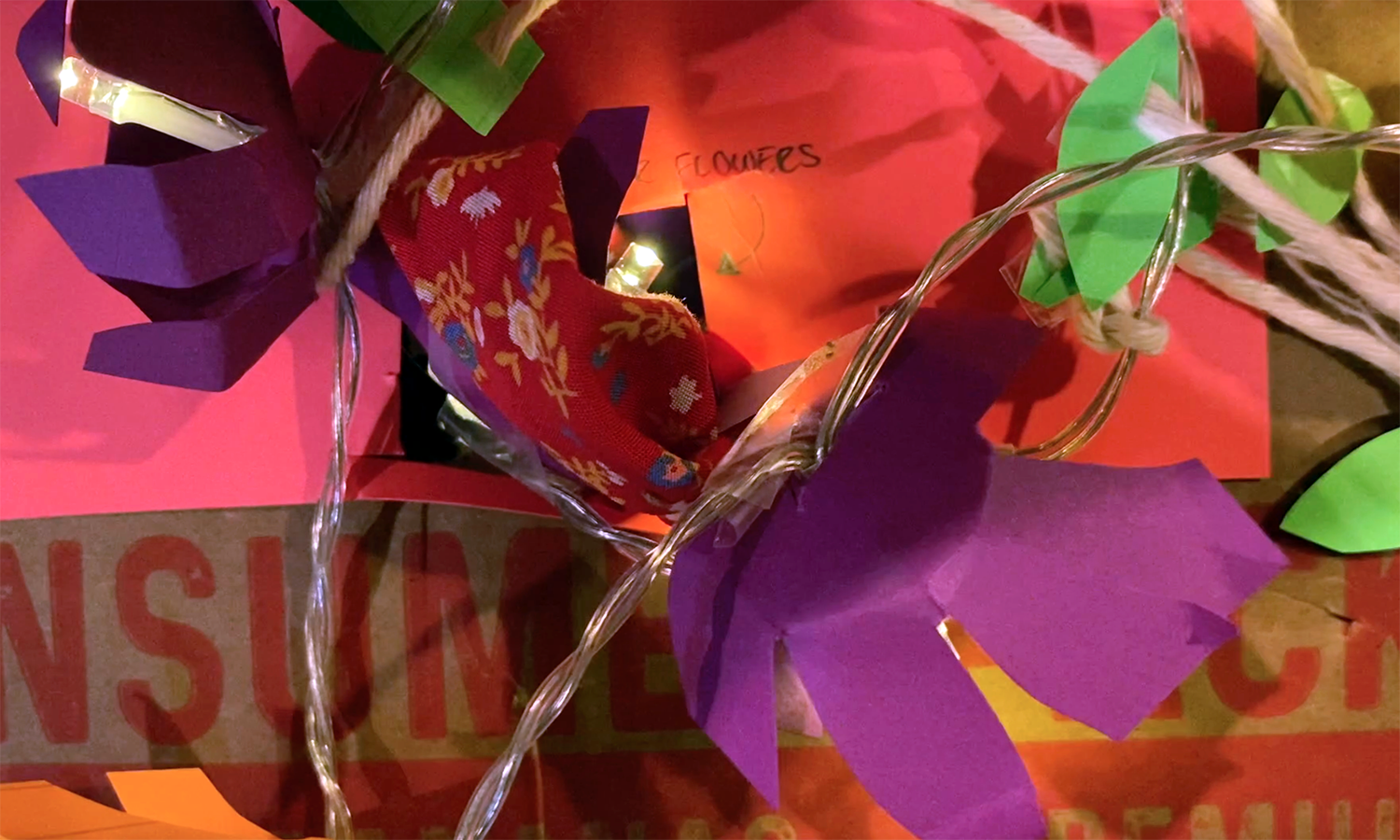New works and modes appear with dizzying speed, so that it is challenging for any one viewer or practitioner to keep up. We each have projects that attempt to make sense of the transformations while engaging artists in the discussion. At UCLA, the Diversifying the Classics project, directed by Barbara, will be convening a series of roundtables on the futures of theatre this fall and winter to track what has been occurring and what place the classics might occupy in the new landscape. At Princeton University’s Lewis Center for the Arts, Elena’s project, Innovations in Socially Distant Performance experiments with, explores, and documents transformations in virtual live performance and socially distant productions. Its website offers “a place to create community, share information, inspire invention, and document the expanding art form,” with an emphasis on sharing the tools and techniques of a reimagined trade.
Crowdsourcing seems essential if all of us are to chart these transformations. Although performances across the world are now ostensibly at our fingertips, the sheer number of new works and the disruption in traditional modes of advertising, presenting, and reviewing make them difficult to track. Much interesting work is occurring outside the United States in places that provide more state support for the arts or where theatremakers have long made do with very little.
Although performances across the world are now ostensibly at our fingertips, the sheer number of new works and the disruption in traditional modes of advertising, presenting, and reviewing make them difficult to track.
Particular ecosystems yield impressive results: In Madrid, the Teatro de la Abadía, already known for its commitment to cutting-edge performance, is funded through a private/public partnership, and was thus quickly able to commission digital and distanced pieces from companies such as Grumelot and [los números imaginarios], while others were still limited by lockdown rules. In Mexico City, the adventurous EFE Tres Teatro has transformed balconies and building courtyards into performance spaces for a modern mountebank with El merolico desde su balcón.
In the United States, it is arguably the smaller and more agile companies, or even individual artists turning their closets into performance venues, that have tacked quickly to producing virtual theatre, while more established institutions struggle to turn around larger ships. At the same time, while practitioners may have abundant inspiration for virtual performances, they often lack the technical know-how to make them happen. New collaborations may become necessary as designers pivot to digital modes. For all these reasons, the challenge seems to be how to collect and share information on new practices.





Comments
The article is just the start of the conversation—we want to know what you think about this subject, too! HowlRound is a space for knowledge-sharing, and we welcome spirited, thoughtful, and on-topic dialogue. Find our full comments policy here